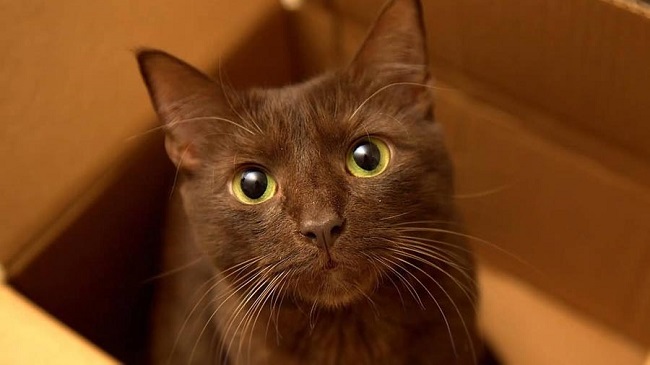The world of cats is filled with an exciting array of colors, patterns, and breeds. Among them, brown cats stand out with their rich, earthy tones that add to their allure.
Whether it’s a solid chocolate coat or a patterned brown tabby, these felines never fail to enchant with their beauty. This comprehensive guide delves into the various brown cat breeds, their characteristics, care tips, and more.

Popular Brown Cat Breeds
Here are some of the brown cat breeds:
Read Also:
Havana Brown
Originally from England, Havana Browns are one of the few cat breeds with a solid brown coat, which is often described as warm chocolate. They have a medium-sized, muscular body and a distinctive muzzle shape that’s longer than those of traditional cats.
Their eyes are usually a vivid shade of green. Havana Browns are known for their playful and affectionate demeanor.
They love to explore their surroundings and are known to use their paws to examine objects or even to signal their human companions. These cats are intelligent and require mental stimulation to keep them content.
Burmese
The Burmese cat breed, originating from Burma, was developed in the United States and Britain in two slightly different varieties, with the American being more compact and the British more slender.
The sable, or dark brown Burmese, is perhaps the most recognized. They have a muscular frame, a short, glossy coat, and expressive gold or yellow eyes. Burmese cats are sociable animals that enjoy being around their human families.
They are playful, even as adults, and get along well with children and other pets. Burmese cats are known for their ‘dog-like’ loyalty, often choosing a favorite human in the family.
Chocolate British Shorthair
British Shorthairs, among the oldest cat breeds from England, are known for their sturdy build, dense double coat, and broad face featuring full cheeks and large round eyes, usually of gold or copper color.
Although they’re famously blue (known as “British Blue”), they come in a range of colors and patterns, including chocolate brown.
These cats are easygoing in nature and aren’t as playful as other breeds, often appearing somewhat aloof. However, they enjoy affection and proximity to their favorite humans.
Brown Maine Coon
Maine Coons, one of the oldest and largest domestic cat breeds in North America, have a rugged appearance. They are known for their tufted ears, bushy tail, and thick, water-resistant coat, which comes in various colors, including brown.
These cats are family-oriented and known to get along well with children and other pets. Despite their large size, Maine Coons are gentle, and often referred to as “gentle giants.” They are intelligent, playful cats and have a chirpy, trill-like voice.
Read Also:
Conclusion
Brown cats, with their warm, alluring coats, make a charming addition to any home. These felines not only bring a splash of color into your life but also companionship and joy.
Whether it’s a playful Havana Brown, a loyal Burmese, a sturdy British Shorthair, or a majestic Maine Coon, brown cats have a unique appeal that is undeniably captivating.
As with any pet, they thrive with love, care, and commitment, promising a rewarding experience to those who choose to share their lives with them.
























